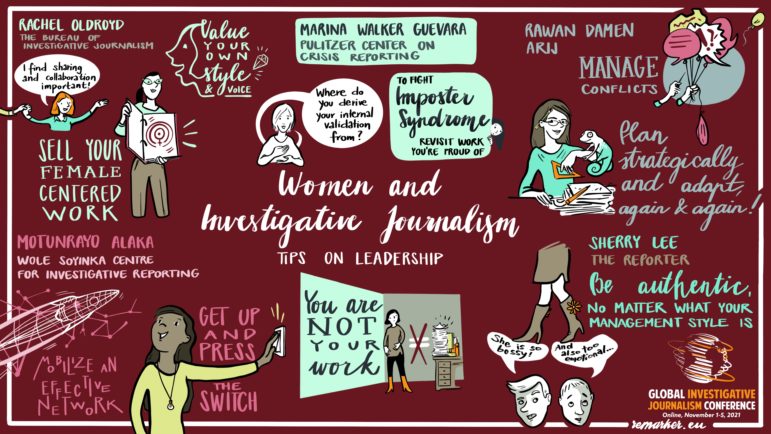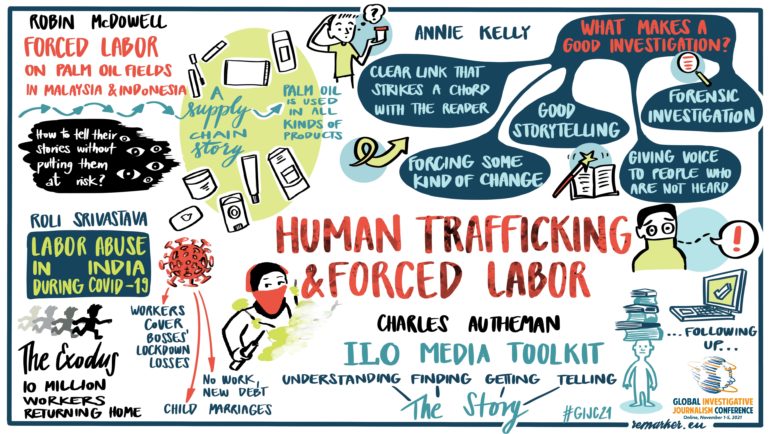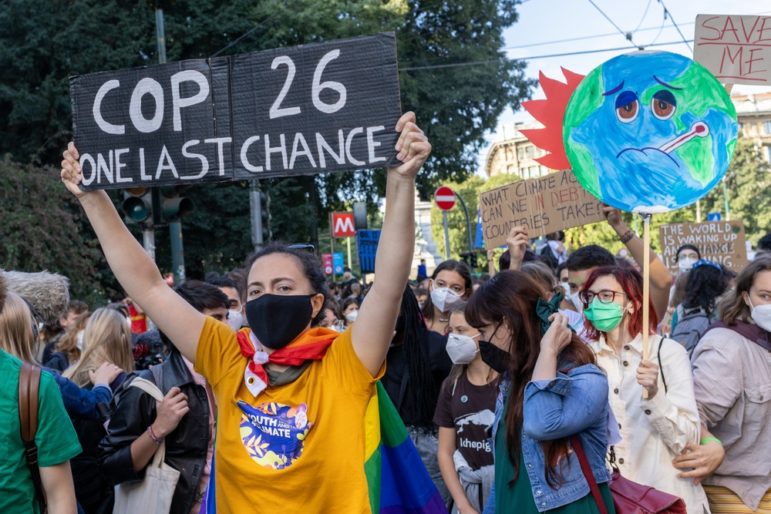

Beyond Elephants and Rhinos: Tips For Covering Wildlife Trafficking

Wildlife crimes are often not taken as seriously as they should be by law enforcement or journalists, who often focus only on the iconic animals such as the rhino. Image: , Geran de Klerk / Unsplash
Wildlife trafficking is not well covered — and that’s almost a crime in itself. So said Rachael Bale, executive editor of the National Geographic Animal Desk, during a session on “Tracking Wildlife Traffickers” at the 12th Global Investigative Journalism Conference (#GIJC21). The reason: Wildlife trafficking not only impacts rhinos and other protected species but also undermines regional security and promotes corruption, she explained. Unfortunately, the illicit trade isn’t taken seriously enough by law enforcement or the press.
“By reporting on it, you’re going to be holding the justice system accountable for actually enforcing laws and cracking down on these types of crime,” she said. Bale offered three key steps to jump start reporting on the topic.
Checklist to Get Started
- Know your wildlife: “The first thing is to know your ecosystem,” she explained. “Start by thinking, ‘Who is my audience? What kind of things are important to them?’ For example, ‘Are there national parks or reserves that are relevant to my audience? Are there particular species endemic to my country or that have some sort of cultural and economic significance?'” She added that understanding the ecosystem helps the reporter develop story ideas that are relevant to their local community and can also spark interest from the global community.
- Understand the wildlife trade and learn the laws that govern it in your country: This provides journalists with insight into what agencies enforce the laws, the penalties for violating them, the bureaucracy involved, and the permits required for wildlife imports, exports, breeding, exhibition, and rehabilitation. This familiarity also helps reporters recognize the loopholes that enable wildlife crimes.
- Set up your beat expansively: “Get yourself in a position where you start having stories fed to you,” she said. “Sign up for press releases with everybody you can think of — government agencies, NGOs, academic institutions. And reach out to PR folks.” This might not get the reporter the juiciest and most insightful stories at first, she explained, but it will help reel in sources for future ones, especially after doing a few stories that earn their trust. The payoff? Exclusive stories or even being invited to operations that involve seizures or the arrest of poachers and traffickers.
Wildlife trafficking and wildlife trade is a broad issue, said Bale. “There are so many different topics within wildlife crime reporting — the supply chain, transportation, law enforcement — each one has a story to tell.”
Ask Questions that Bind
Jhesset Thrina Enano, a former environment reporter at the Philippine Daily Inquirer, said reporting from a diverse continent, geographically and culturally, offers journalists an array of wildlife crime and trafficking.
She offered questions to guide investigations on wildlife crime:
- Are your borders porous? “The Philippines has very porous borders and so, for example, most of the wildlife — the plants and the animals that are being trafficked in the Philippines — often come from other countries.” That is also true of many places with unmonitored borders, which often leads to the country becoming a transit point for trafficking. It’s important to check border checkpoints, ports, and customs for all wildlife crime investigations, she said.
- What is wildlife?

Jhesset Thrina Enano reporting on wildlife trafficking in the Philippines. Image: Screenshot, Jhesset Thrina Enano/Twitter
Wildlife reporters have to expand on the idea of what wildlife is, moving away from the usual suspects, which receive a lot of coverage. “There is usually a heavy focus on charismatic and iconic animals such as eagles, rhinos, tigers, or elephants, but some other species are being overlooked,” Enano said. “It is also important to look at these other animals and plants when it comes to our wildlife crime reporting.” She added that the conservation status of the animal or plant doesn’t have to be “endangered” or “vulnerable” to merit an investigation — exploitation of any animal or plant by illegal means deserves coverage.
- What are the supply and demand?
The key to figuring out which animals are involved in seizures is learning about consumer demand and supply, said Enano. “Look at who is trafficking, what is going where, why, and how it is being trafficked,” she explained. “Examining these patterns in a particular region will help journalists to uncover which species are repeatedly harvested, which may, in turn, merit a deeper look into why that species is being harvested and who the actors are behind the harvesting.” - What other crimes relate?
When reporting on wildlife trafficking and wildlife crime in general, it is also important to keep an eye on non-wildlife crime stories because there is always a connection, Enano said: “Yes, wildlife crime stories focus on wildlife, but essentially, these are stories about crime, corruption, and failed institutions. It is important that we look into these institutions and how they are functioning.” - Why should we care?
Looking at how wildlife crimes impact other aspects of life such as healthcare and culture can compel readers to care about the flora and fauna being poached and trafficked. “Sometimes, the audience might not care and that’s a challenge for reporting about wildlife and plants,” said Enano. “But if they do understand the implications, the impact on their daily lives, it makes it easier for them to understand and care.” One timely example: the sale of wildlife meat at so-called “wet markets” and their role in spreading animal-t0-human disease.

#WildeEye maps seizures, arrests, court cases and convictions of illegal wildlife trafficking across the globe. Image: Screenshot
The More, the Merrier
Estacio Valoi, a Mozambican journalist and photographer who focuses on environmental crime and corruption, says for an effective investigation, it is important to cast a wide net to get key information and data. In other words, crowdsource.
It’s necessary, he explained, because the availability of concrete and reliable data is a challenge almost every wildlife investigative journalist faces.
This issue led a group of environmental journalists at nonprofit Oxpeckers to create #WildEye, a pioneering digital tool that maps seizures, arrests, court cases, and convictions related to wildlife trafficking. #WildEye offers reporters free access to research and information that can enhance their investigations.
Estacio, one of the first journalists to use the platform, said a reporter can only successfully cover wildlife crime if there is broad sourcing, especially involving community and conservation leaders. “The collection of data starts at the community level because these are the people who live next to the parks and understand what happens there, and who is involved,” he said.
For more on this topic, see GIJN’s Guide to Illegal Wildlife Trafficking.










